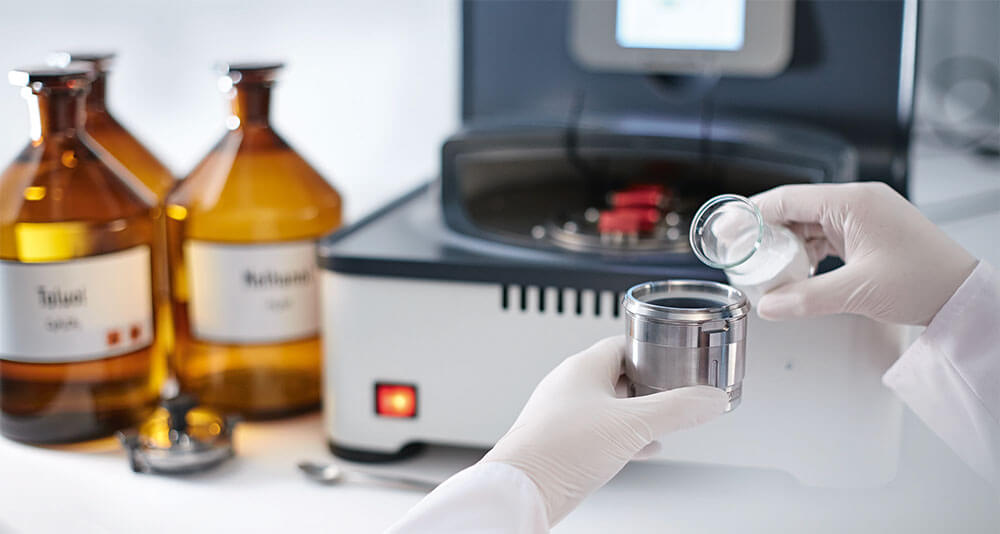
Our laboratory at NASA Marshall Space Flight Center (Huntsville, Ala.) develops materials and processes for NASA’s exploration missions and the International Space Station. This involves developing and optimizing materials properties for very demanding applications in energy storage, power generation, and other advanced application areas.
The challenge of developing new materials and processes demands laboratory equipment with advanced capabilities. For instance, the ability to produce uniform nanoparticles is critical for our development of advanced ultracapacitors for energy storage, thermoelectric devices with high figure-of-merit, and materials for NASA’s Nuclear Thermal Propulsion system.
However, ceramic powder as-received from suppliers typically has a fairly wide range of particle sizes and is not consistent enough for our high-performance materials research. We have investigated and tested various milling machines and processes, including ball mills and vibratory mills. Although these techniques help reduce D50 particle size as well as improve particle size distribution, the resulting powders are still of insufficient quality for our demanding research.





